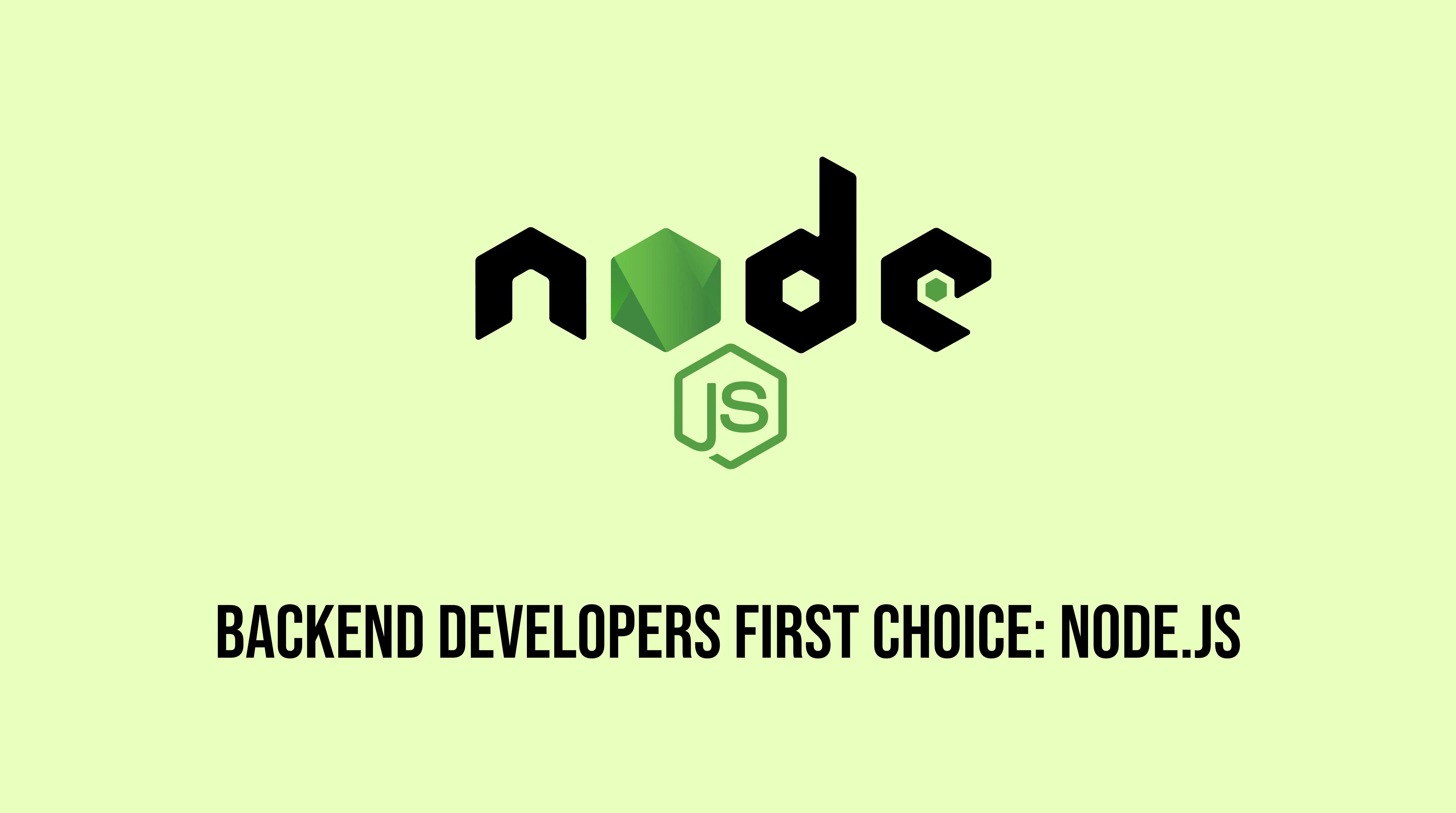Summary by AI ✦
In the ever-evolving landscape of backend development, one technology has consistently stood out and earned the favor of developers worldwide-Node.js. Renowned for its speed, scalability, and versatility, Node.js has become the go-to choice for many backend developers, reshaping the way we build and deploy server-side applications.
Why Node.js?
1. Non-Blocking Asynchronous I/O
Node.js utilizes an event-driven, non-blocking architecture that makes it exceptionally efficient for handling concurrent connections. This allows developers to build highly scalable applications capable of handling a large number of simultaneous requests.
2. JavaScript Everywhere
Node.js uses JavaScript, a language already familiar to front-end developers. This unification of languages across the entire stack streamlines development and fosters collaboration between frontend and backend teams.
3. Vibrant Package Ecosystem
Node.js boasts a vast ecosystem of packages and modules thanks to npm, the package manager that simplifies the process of integrating third-party libraries. This extensive library of pre-built modules accelerates development, saving time and effort.
4. Real-Time Capabilities
Node.js excels in real-time applications, making it an ideal choice for building chat applications, online gaming platforms, or any system requiring instant updates and interactions.
5. Clusters
Clusters of Node.js processes can be user to run multiple instances of Node.js that can distribute workloads among their application threads. When process isolation is not needed, use the worker threads module instead, which allows running multiple application threads within a single Node.js instance.
Real-world Applications

In the ever-evolving landscape of web development, Node.js has emerged as a powerhouse, finding its way into a myriad of real-world applications. Its lightweight and event-driven architecture makes it particularly suitable for building scalable and high-performance applications.
Node.js has become a go-to choice for developing server-side applications, such as web servers and APIs, due to its non-blocking I/O model, enabling it to efficiently handle a large number of simultaneous connections. Moreover, prominent companies like Netflix, LinkedIn, and Walmart have embraced Node.js to enhance their web platforms, leveraging its ability to handle real-time engineering data management and deliver seamless user experiences.
Beyond web development, Node.js has made its mark in the Internet of Things (IoT) space, empowering developers to create robust and responsive IoT applications. Whether it's powering backend services, chat applications, or real-time collaboration tools, Node.js continues to redefine the boundaries of what's possible in the world of software development.
Webflow vs Framer: Main Differences
Elevate Your Backend with our experts
At Sketchish, we are passionate about pushing the boundaries of backend development. Discover how we leverage cutting-edge technologies, including Node.js, to deliver powerful and scalable solutions for our clients.
As advocates of cutting-edge Node.js solutions, we're always open to connecting with fellow tech enthusiasts. If you're passionate about pushing boundaries and exploring collaborative ventures, we'd love to hear from you. Let's innovate together.
Our Commitment to Excellence
• Scalability: Harness the power of Node.js to scale your applications effortlessly, ensuring optimal performance even under heavy loads.
• Real-Time Solutions: Transform your ideas into real-time applications with our expertise in building responsive and interactive systems.
• Collaboration: Collaborate seamlessly with our team as we bridge the gap between frontend and backend development, using a unified JavaScript language stack.
Share on:



